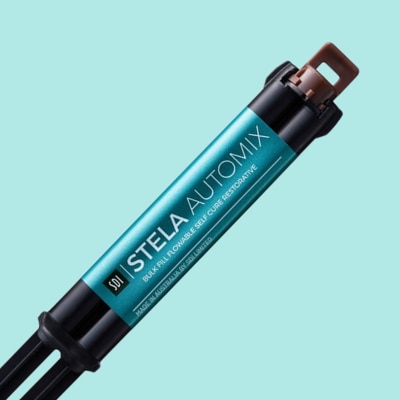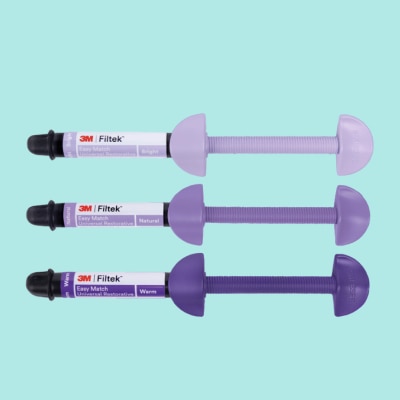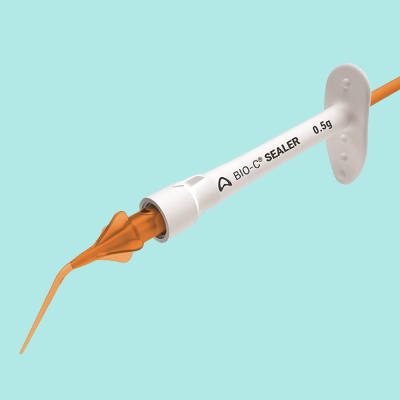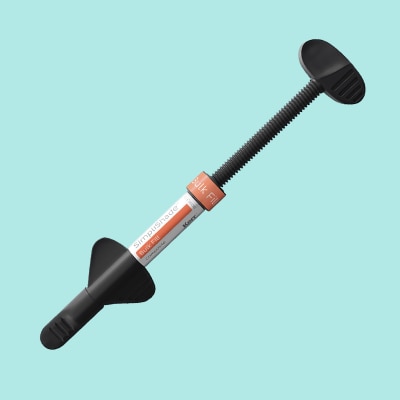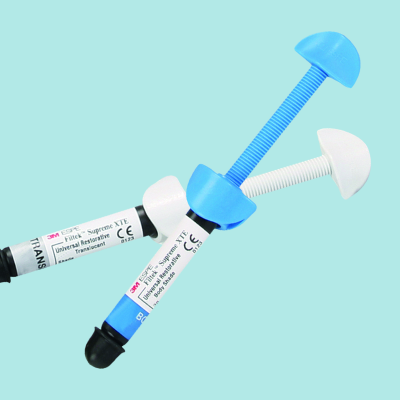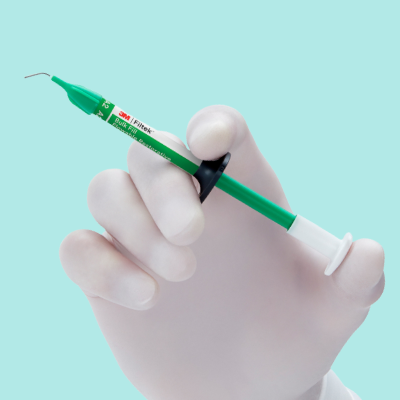Why Is Radiopacity Important In Dental Adhesives?
There are many properties that clinicians look for when selecting a dental adhesive. These include bond strength, adhesive capabilities to different materials, ease of use and suitability for use with various etching techniques. It is also essential to assess the material’s radiopacity and we look at why this is.
Traditional restorative materials such as amalgam or gold are completely radiopaque, preventing x-rays from passing through. This makes it simple for clinicians to distinguish them from natural tooth structures, aiding the diagnosis of defects like fractures, voids, marginal problems, secondary caries and over-contouring. Even the natural tissues feature some radiopacity, though it is more apparent in enamel than in dentine due to the concentrations of hydroxyapatite present in each layer. Acid produced by oral bacteria during the formation of caries releases hydroxyapatite from the dental tissues, meaning that carious lesions can often be identified on an x-ray due to their lower radiopacity.
Challenges As Dentistry Evolved
The problem is that some conventional restorative materials and adhesives are radiolucent as well. This makes it difficult to tell the materials apart from a potential defect on an x-ray. The resulting confusion and lack of clarity could lead to a misdiagnosis or unnecessary retreatment.
Modern dental restoratives have been developed to deliver the radiopacity required to make this distinction easier. Some composite resins, for instance, now incorporate radiopaque glass particles, while ceramic materials now consist of various radiopaque chemical elements to achieve the same. The next issue is in finding a radiopaque counterpart for the dental adhesive.
This allows the clinician to distinguish between adhesive pooling and secondary caries, marginal gaps or voids beneath the restoration. It reduces the risk of unidentified and untreated caries – as well as all the associated legal risks – without requiring the extra time, effort and money it would cost to replace the entire restoration.
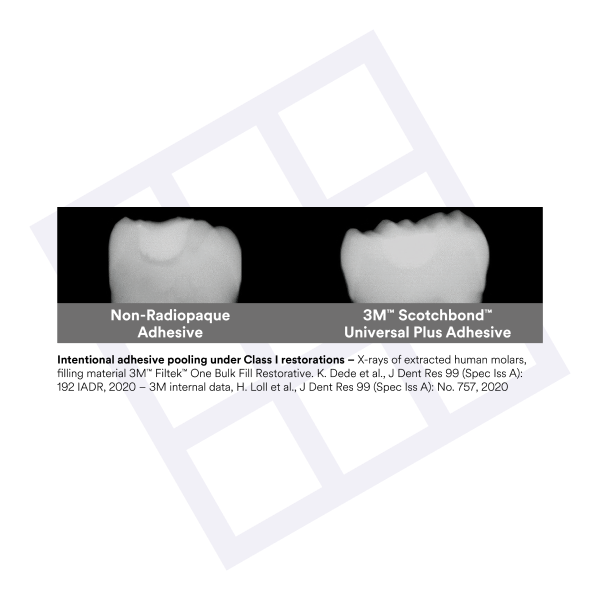
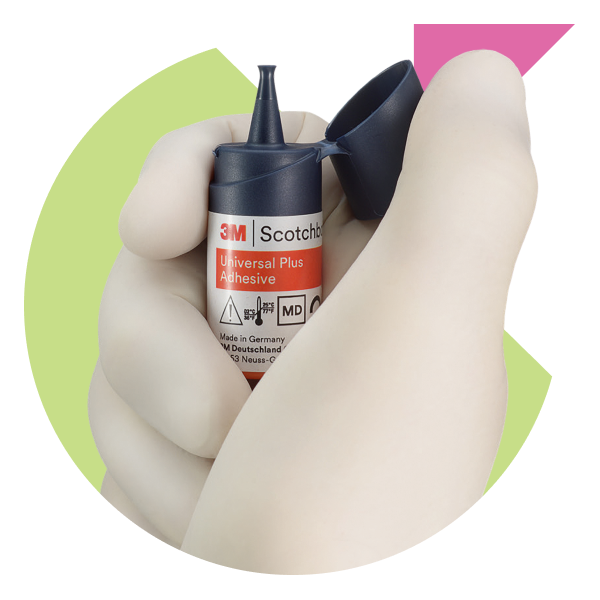
3M™ Scotchbond™ Universal Plus Adhesive
Radiopaque building blocks were introduced into the molecular structure of 3M Scotchbond Universal Plus Adhesive to deliver the world’s first universal adhesive that features consistency, low viscosity and the desired radiopacity.
The radiopacity of this innovative dental adhesive is comparable to sound dentine1. It is also in-line with ISO 4049 as the radiopacity of the material is at least as high as that of aluminium of the same thickness2. Consequently, the material makes it easy to differentiate between the adhesive and any secondary caries, marginal spaces or voids that might be present under the restoration.
Not only does this simplify and streamline the professional workflow, it also minimises the risk of problems going undetected or misdiagnosed and any consequential legal action. At the same time, it optimises the patient experience and ensures they receive the very highest standard of restorative dentistry and preventive care every time.
1 H. Loll, O. Brinkmann, B. Anich, K. Dede, B., Craig, A.S. Abuelyaman, C. Thalacker. Radiopacity of an experimental universal adhesive, J Dent Res 99 (Spec Iss A):191, IADR, 2020
2 International Standards Organisation ISO 4049: Dentistry – polymer-based restorative materials, 5th edt., ISO, Geneva, 2019





